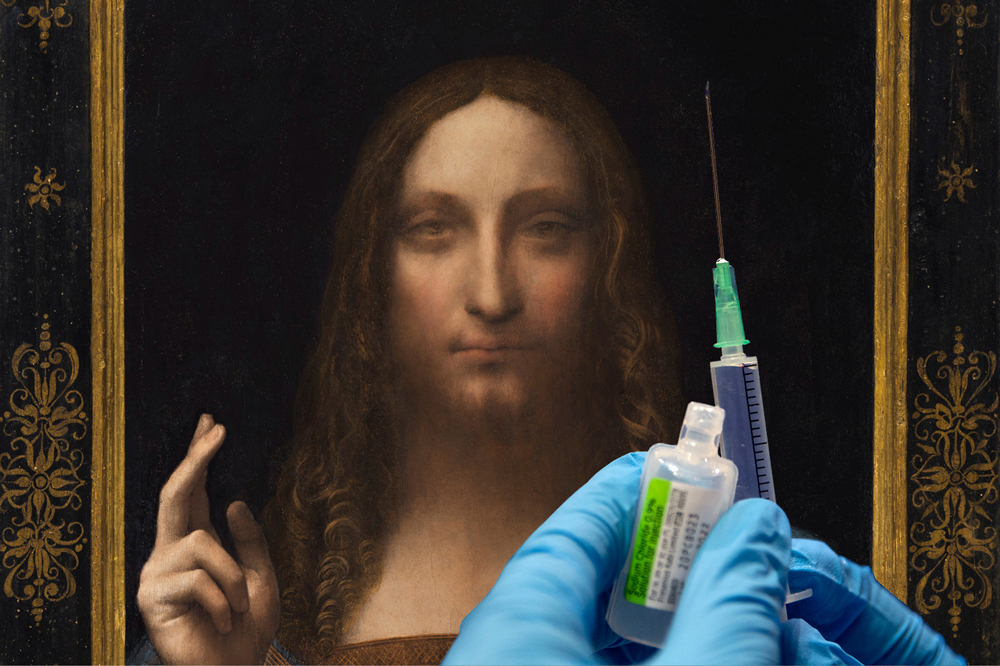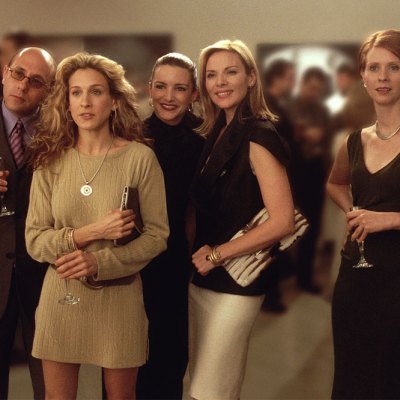I prefer to be an optimist, but I’m going to say it: 2021 will be a tough year for the art market. This, I believe, will particularly be the case for smaller businesses and those that specialise in historical or other works which are not easily traded online. What might art businesses do to thrive – or even just survive – in the coming year?
For many, survival in the past year has meant cost-cutting and shoring up cash reserves. Numerous businesses – both large and small – reduced headcounts, placed staff on furlough and cut salaries. In some cases, rents were renegotiated or leases broken, and financing arrangements were considered. Galleries found themselves having to provide large discounts in order to make the sale. This year, with government grants unlikely to continue indefinitely, businesses will need to look more strategically to the medium and long term. Of course, most will already be well versed in strategies for expanding their client reach and client bases, but there are also ways they might consider adapting from a structural perspective.
Mergers typically take place where economies of scale can be achieved, and costs reduced. Some galleries and smaller auction houses might contemplate a formal business merger with a similar or complementary business (such as the combination of galleries to form Rountree Tryon Galleries in 2013). They might otherwise choose to enter into a contractual joint venture or other contractual collaboration – for example, agreeing to share business premises or staff. Or, in an alternative approach that was already quite common practice pre-pandemic, galleries might try to share costs – and pool resources and collector bases – through a more informal partnership, for example a joint exhibition or a pair of related exhibitions.
Businesses might look to raise fresh equity capital from existing or new investors. Without the backing of an investor unconcerned about financial returns (a rare animal indeed), businesses would need to present a convincing business case as to why the equity injection would create value for the investor. If lucky enough to attract investment, business owners should themselves consider whether they prefer silent investors or investors who are actively involved in the business. As part of the investment deal, investors would generally insist on certain controls over the business; the extent of these controls would be negotiated as part of the investment documentation.
A more drastic decision would obviously be simply to sell up completely. It should be said that selling out of a gallery business can be quite hard to achieve, even in the good times, as so many are highly reliant upon the founder and the founder’s network. (This is one of the reasons it is advisable for gallerists to work on a succession plan well before they start to see grey hairs.) The sale of a business can take place by way of a sale of shares or through a sale of assets. A share sale means the sale of the shares (often held personally by the founder-gallerist) in the company through which the business is run, in which case the buyer would acquire everything owned by the company – both assets and liabilities. Alternatively, certain of the assets might be sold out of the company – the business could either be sold as a going concern or individual assets such as stock might be cherry-picked for sale. Asset-business sales are perhaps more often seen in the art market than share sales, and they are useful when a gallery owns a large amount of good quality stock it can sell on but there are also actual or contingent liabilities within the business that the buyer does not wish to acquire. Other assets that might be sold on as part of an asset-business sale could include the goodwill and brand of the business, and possibly its contracts with consignors.
A related option for a gallery wishing to raise money relatively quickly would be for a single-owner sale of stock through an auction house. This approach would typically be used by a dealer in preparation for retirement or gallery closure, and it would be less attractive to a gallery wishing to continue in business. If any artworks were bought in the work would be tainted, and for works that did sell the dealer would have to part with a considerable commission fee to the auction house (unless the dealer had been able to negotiate a particularly good deal with the auction house pre-consignment).
Borrowing money using artworks as collateral can be a useful tool to create liquidity if a gallery has sufficiently high-quality works in its sole ownership. However, it is worth bearing in mind that, in the UK at least, the artworks used as security will almost always be taken into the physical control of the lender, and in the current environment loan to value ratios are less favourable than they were before the pandemic.
Some galleries look to bankroll their business on a deal-by-deal basis. Many galleries wishing to buy works have collector clients who are very happy to provide the finance for the purchase of individual artworks and then share in the upside of eventual sales. I would urge gallerists to ensure that they have agreed clear terms (such as whether the client will acquire title to the work or whether the monies are provided as a loan to the gallery, and what happens if the work cannot be sold when – or as well as – the gallerist expected). The old-fashioned handshake deal rarely covers critical matters that inevitably come to the fore in times of economic uncertainty and constraint.
Another idea that some primary-market galleries have been considering over the past year is that of raising money from their supporters (their closest contacts and collectors) in order to fund the making of new works by the artists they represent. In essence this would enable trusted collectors to support artists much like a traditional patron of the arts (but on a collective basis), and the galleries – no longer having to fund the making of the artworks themselves – would experience less pressure on their cash flow while at the same time maintaining a supply of new artworks to sell. In such a scenario, it would be essential to make clear from the outset the terms upon which supporters would be providing their funds (for example, whether they could be acquiring any ownership rights in the artwork being created, and whether they would make a return, simply get their money back, or share in any losses).
Taking any of the above courses of action would have – to a greater or lesser extent in each case – significant legal, tax and practical ramifications, so legal advice should be sought at an early stage. It is also essential for art-market participants to be aware of their legal obligations under anti-money laundering legislation; they must be confident that any funds they receive to shore up their business finances are from a legitimate source.
The art market has many historically ingrained practices and customs, and has not always been swift to embrace innovation. But the pandemic, and the rapid change that has accompanied it, has made for a strange mixture of threat and opportunity. Gifted art business leaders may seize the chance to innovate to survive – or even thrive.
Sarah Barker is a Partner and Head of the Art Group at law firm Lee & Thompson LLP
This article does not constitute legal advice and should not be relied upon. If you require legal advice in relation to any of the issues raised in this article, then specific legal advice should be sought on a case by case basis.



